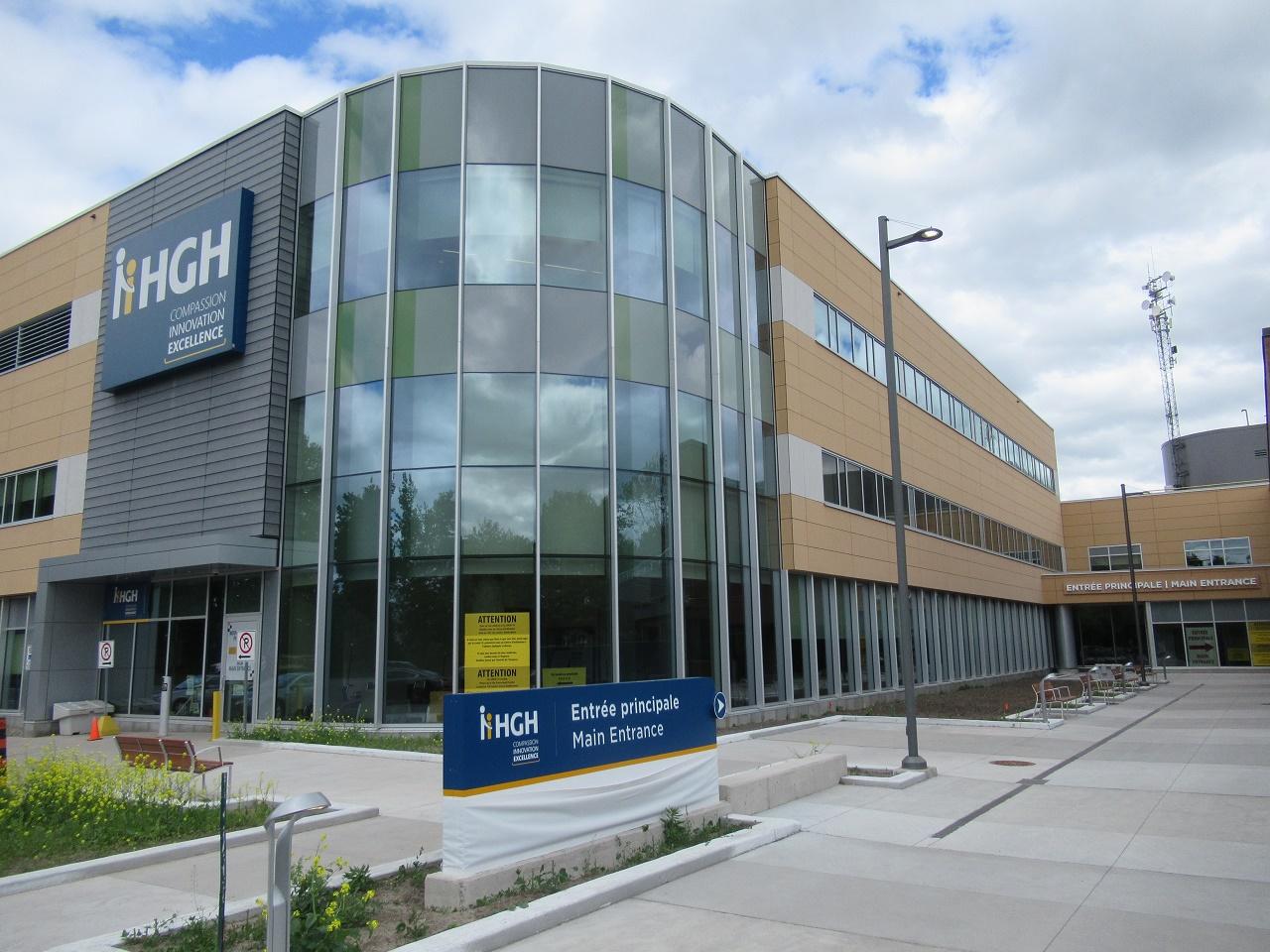We hear the term “new normal” a lot these days, and that is precisely what the administration at Hawkesbury and District General Hospital (HGH) is preparing for.
On June 8, the hospital received permission from the Champlain Region of Ontario Health to begin reintroducing operations and procedures on a gradual basis.
HGH began planning for resumption of services and was ready ahead of time, said HGH Chief of Staff and Vice President, Clinical Programs, Dr. Julie Maranda.
As an example, Maranda said that the hospital could resume 30 per cent of its regular activities during the first week of ramping up activities, 60 per cent during the second week, and 80 per cent during the third week.
The resumption of services is being re-evaluated at HGH on a weekly basis. One condition of doing that is the availability of personal protective equipment for use by hospital personnel.
“HGH specifically is in a very good position,” said Maranda.
The hospital purchased reusable gowns and visors in anticipation of the need. The items are re-sterilized multiple times per day. The inventory of medical-grade masks for hospital staff is carefully controlled and distributed.
Maranda explained that hospitals are required by the Ontario government to have a 30-day supply of protective equipment in stock as a condition of resuming regular services and that HGH is meeting that obligation.
Hospital personnel must wear official medical-grade masks. Homemade cloth masks are recommended for patients.
Maranda said that the hospital was fortunate to be able to purchase transparent face shields made locally at Tulmar Safety systems, which were developed through collaboration between the company’s employees and HGH staff.
HGH also received a donation of ventilator hoods that look like an astronaut’s helmet. Maranda said that those get used if the hospital runs out of ventilator tubes for COVID-19 patients. Fortunately, HGH has not had to use them. At the beginning of the pandemic, HGH only had a five-day supply of protective equipment. Maranda said she was worried about a prolonged shortage if there ended up being many COVID-19 patients.
In order to ramp up services, hospitals have to demonstrate that they have enough employees available because they have had to reassign staff to COVID-19-related activities such as the testing and assessment centre on Laurier Street, and to long-term care facilities that have had outbreaks.
Hospitals are also required to have the capacity to accept patients for regular services.
The COVID-19 pandemic has not led to any further delays in the completion of HGH’s redevelopment project.
“We are very happy to see it will be completed by the fall-winter time,” said HGH Vice President, Ambulatory Care, Quality and Performance and Chief Privacy Officer, Imrana Jeoffrey.
She added that the approximately $160 million project is also within its budget.
An official opening had been planned for this summer but that had to be cancelled due to the pandemic.
The new CT scan unit is now functioning. The new MRI machine is in its testing phase and will begin accepting patients in July. HGH is coordinating with The Ottawa Hospital on adding more orthopedic surgeries such as hip and knee replacements in addition to the other knee, shoulder, and clavicle surgeries it has begun performing.
The emergency and obstetrics departments at HGH have continued to function throughout the pandemic. However, patients are carefully screened for COVID-19 symptoms when they arrive so that extra precautions can be taken, if necessary.


